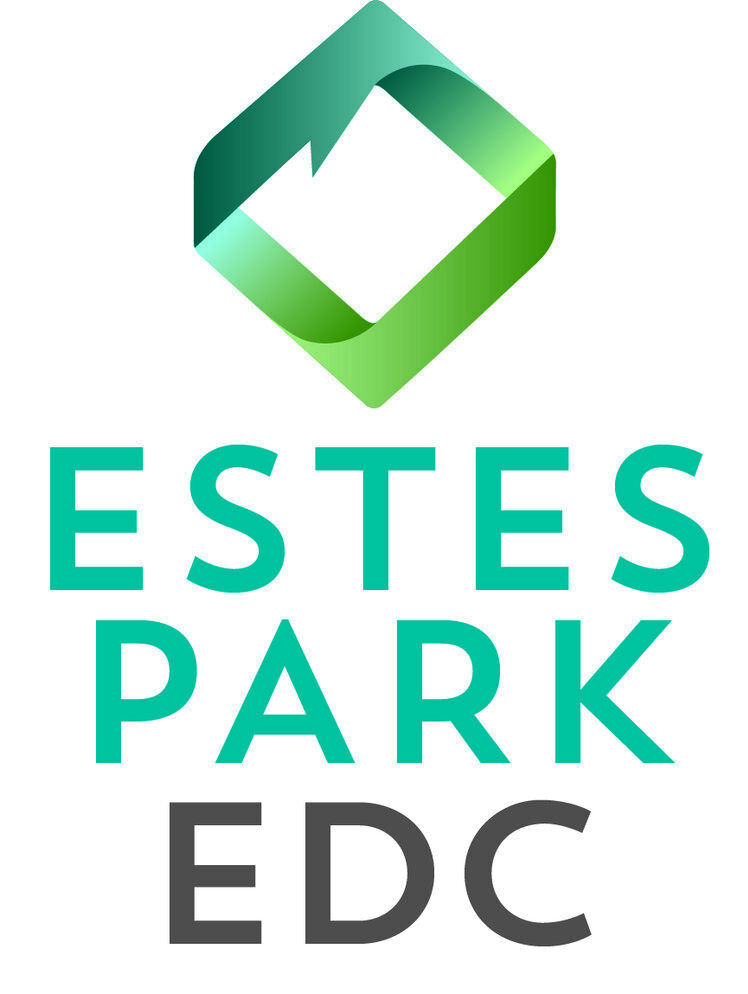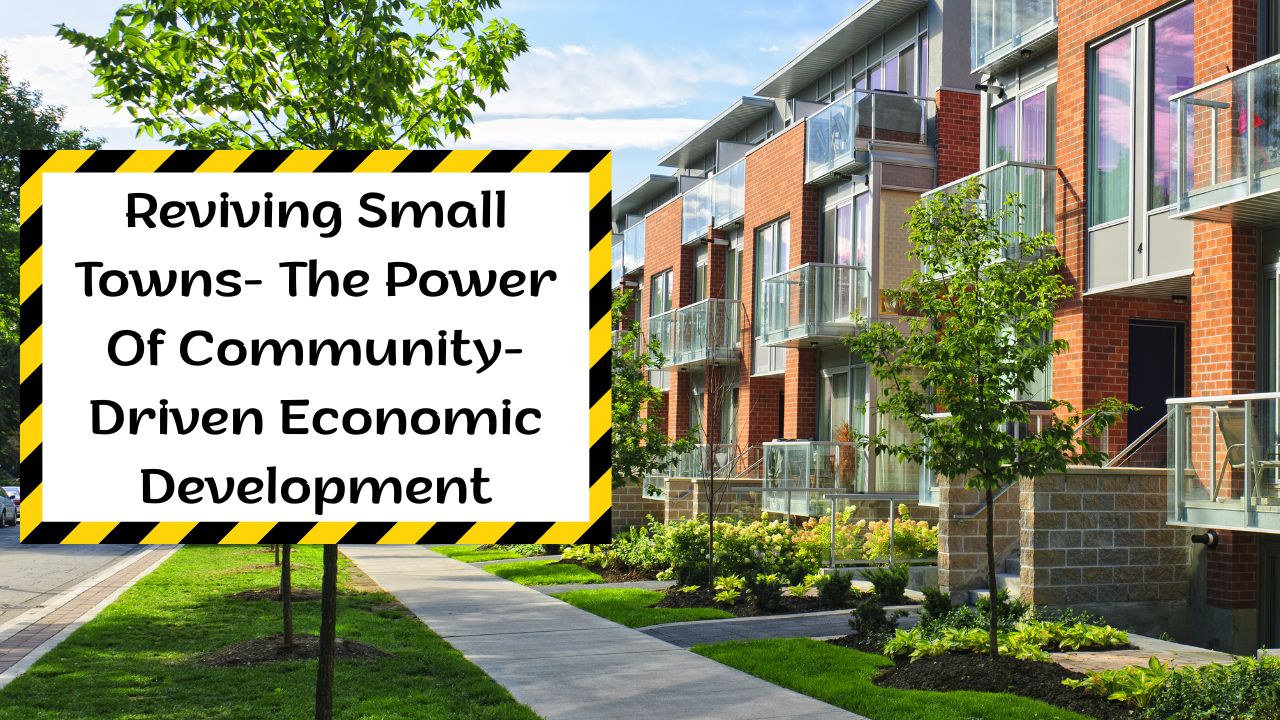Across many regions, small towns are facing population loss, aging infrastructure, and limited economic options. But when local residents, business owners, and civic leaders unite under a shared vision, remarkable turnarounds can happen.
This model—community-driven economic development (CDED)—focuses on bottom-up strategies: revitalizing main streets, improving broadband, attracting talent, and strengthening local institutions.
The result? Jobs, foot traffic, and renewed pride.
The Core of Community-Driven Development
Community-driven development means that the people who live in a place choose priorities and have leadership over implementation. Instead of top-down mandates, it leverages:
- Local vision and consensus on goals (downtown, connectivity, amenities)
- Partnerships across sectors (public, private, nonprofit)
- Layered funding strategies (grant, debt, private capital)
- Ongoing measurement and adaptation
Where this model has been embraced, data shows higher rates of business formation, lower vacancy, and increased reinvestment in public and private properties.
Framework for Revival: Key Pillars
| Pillar | Core Focus | Why It Matters | Implementation Example |
|---|---|---|---|
| Downtown & Place | Restore storefronts, active uses, streetscape | The heart of local commerce | Convert empty shops into co-working, retail, art studios |
| Digital Infrastructure | Expand high-speed internet | Enables remote work, telehealth, you name it | Lay fiber spurs, partner with regional ISPs |
| Amenity Anchors | Health clinics, childcare, parks | Attracts families, supports businesses | Community facility grants, bond issues |
| Talent Attraction | Incentives to relocate remote workers | Adds population, spending, donors | Cash stipends, rent support, local onboarding |
| Access to Capital | Microloans, local banks, revolving funds | Fuels small business growth | Partner with local CDFIs or municipal RLFs |
Real Numbers
While every place differs, communities following this approach have recorded:
- 20–40% decline in downtown vacancies within 1–3 years
- Net growth in new firms and jobs, often matching or outperforming state averages
- Million-plus dollars in reinvestment in façades, streetscapes, and private property
- Significant uptake in broadband subscriptions and usage after infrastructure expansion
- New residents relocating via incentive programs, offsetting demographic losses
These figures underscore that even modest initial wins can build momentum and credibility.
Downtown First: Why It’s a Catalyst
Revitalizing a town’s main street or historic core often serves as the spark. Done right, place projects (pedestrian improvements, storefront grants, mural programs) create walkable, inviting spaces.
Businesses follow foot traffic; residents stay longer; visitors arrive. The place becomes a stage that invites economic and social interaction.
Downtown efforts are also visible—they show the public that change is happening, which boosts community confidence and willingness to invest sweat equity.
Digital Infrastructure Is Nonnegotiable
Modern life demands connectivity. A town without reliable broadband is less competitive for remote workers, digital businesses, telehealth, online education, and modern agriculture.
Communities that prioritize fiber, wireless, and last-mile access are better able to attract new residents, support local firms, and integrate with regional economies.
Towns that map their gaps, pre-plan utility corridors, and partner with broadband providers get first dibs on grants and infrastructure funding. This intentional approach is now as essential as roads and water.
Blending Funding: Smart Strategy
Most small towns can’t rely on a single grant to solve everything. The better formula is a blend of funding sources:
- Public grants and technical assistance
- Local matching funds or community fundraising
- Philanthropic capital
- Revenue-backed debt or pay-as-you-go bonds
- Private investment or site leasing
This blended model reduces dependence on any one source, and it lets towns scale in phases.
Attracting People: Quality + Incentives
Population decline is a structural risk. Many rural towns now offer cash incentives, internet stipends, or housing discounts to remote workers willing to relocate.
Combine that with quality amenities—parks, cafés, coworking—and you have a credible recruiting pitch.
Some places double down on “welcome packages”: counseling, local guides, meet-and-greet events, and integration into civic life. These human touches differentiate successful relocations from ones that leave newcomers isolated.
Capital Gaps & Entrepreneur Support
A common obstacle is lack of access to credit. Without local lenders, entrepreneurs struggle to borrow for equipment, tenant improvements, or working capital.
That’s where revolving loan funds (RLFs), community development financial institutions (CDFIs), and microloan programs step in—bridging gaps until commercial finance catches up.
When towns align these capital vehicles with downtown revitalization plans, small businesses grow faster and stay open longer.
The Playbook: Steps Toward Revival
- Create a multi-stakeholder steering group
- Set clear priorities via public engagement (downtown, digital, amenities)
- Audit infrastructure gaps (broadband, water, sidewalks)
- Select a catalyst project (incubator, clinic, trail)
- Build a capital stack combining grants, local funds, and private investment
- Launch early activations (pop-ups, events) to build momentum
- Stand up a local capital vehicle (RLF, microloan fund)
- Develop talent attraction and retention programs
- Track metrics quarterly (vacancy, new business, broadband adoption)
- Communicate widely—share progress, stories, visuals
These steps, backed by community energy, can transform stagnation into growth.
What Success Looks Like in 2–3 Years
- Main street vacancy rates shrink significantly
- New business openings outpace closures
- Broadband adoption rates rise sharply
- New residents arrive through incentive programs
- Anchor amenities open (clinic, childcare, labs)
- Local reinvestment in homes and storefronts multiplies
These outcomes show that progress is not just possible—it is happening in many places right now.
Challenges & How to Address Them
- Staffing & capacity: Use regional partners or hire a downtown coordinator
- Regulation & permits: Introduce by-right zoning for upper-story housing and small business uses
- Risk of displacement: Pair revitalization with home-repair grants and local leasing preferences
- Short funding cycles: Stage projects so early wins build credibility while larger funds close
- Community skepticism: Maintain transparency, celebrate early wins, invite broad participation
Adapting as you go, rather than expecting a perfect plan, is key.
Reviving small towns doesn’t require magic—it requires people, planning, and persistence.
Community-driven economic development is more than a slogan; it’s a tested approach combining place-led investment, digital access, local capital strategies, talent attraction, and anchored amenities.
When towns commit, convene, and execute—one storefront, one fiber line, one business at a time—they begin transforming decline into momentum.
The path is not simple, but it is real—and many towns across the country are already proving it works. If your community is ready to lead, the tools, partners, and frameworks await your first steps. The revival begins when people show up—and stay.
FAQs
How fast can a small town see results?
Many towns report visible progress—pop-ups, façade refurbishments, new events—within 6 to 12 months. Larger infrastructure gains (broadband, anchor buildings) typically unfold over 18 to 36 months.
Do we need to depend entirely on grants?
No. The strongest efforts braid funding—grants, local dollars, philanthropy, private capital, and debt. This diversified stack spreads risk and enables scaling.
Can this work if our town is shrinking?
Yes. In fact, these strategies often reverse decline by attracting new residents, remote workers, and small businesses. Combined with amenity upgrades and improved infrastructure, population decline can turn into regeneration.

